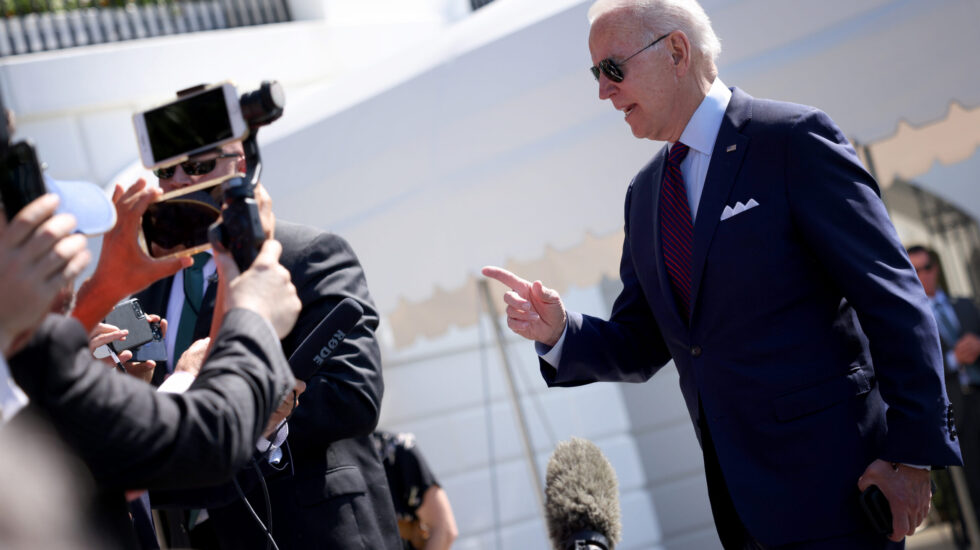It is not exactly news that cable news ratings have dropped since Joe Biden became president.
In fact, the latest numbers show that, compared to last year, ratings have plummeted for the three major cable news networks.
Former President Donald Trump and his allies at Fox News have been crowing about the fact that CNN’s ratings have declined the most in the Biden era. Trump’s boasting about CNN’s ratings woes even prompted “The Lead” anchor Jake Tapper to respond on twitter.
The fact is, the most recent numbers are nothing for Fox to celebrate, either. The decline in news consumption extends to online news sites, too. Axios recently published analysis showing big drops in web traffic and social media engagement for mainstream media sites like the New York Times. The numbers are even worse for partisan outlets. The reason for the news slump is seen as evidence of a correction after the chaotic, news-making Trump era gave way to the “boring news cycle” of the Biden Administration.
A new opinion piece in The Washington Post by Henry Olsen shows the drop in news consumption is a good news/bad news scenario for America:
The good news is that this decline applies to sites of all political leanings. Web traffic, social media engagement and app user sessions declined by 18 percent for so-called mainstream sources, such as the New York Times; 17 percent for center-left sites (the Atlantic, Vox); and 27 percent for center-right ones (Fox News, the Daily Caller). It fell by even more on the ideological extremes, plummeting 27 percent for far-left sites such as Mother Jones and 44 percent for far-right ones such as Newsmax. This indicates a cooling of the white-hot partisan passions that erupted after the election and the Jan. 6 riots. The bad news, though, is that this indicates how easy it is to whip those passions into a frenzy and how media sites benefit financially when that happens. More readers mean more views for ads on a site, which means more revenue for that site. It also means more individuals with distinct interests, which increases the number of advertisers who might want to purchase targeted ads to begin with. More eyeballs equal more money.
The “boring news cycle” indicates today’s news junkies are addicted to news coverage that plays to the polarization and divisiveness that permeates American politics at the moment. More from the Post:
This simple calculus means it is in the monetary interest of all political media to dial up the temperature. Consumers of political news clearly respond to apocalyptic claims and sharp, abrasive personalities and conflict. The more people feel directly threatened or fearful, the more they want to read about what they fear and how to fight it. Feeding that fear is good for the political news world’s bottom line, regardless which side one caters to.
As Olsen writes in his Op/Ed, the separation of powers into three branches of government and the division of Congress was done by design to contain factional power and limit conflict fueled by ideological passion. Olsen outlines this well in this passage:
What progressives decry as the overrepresentation of small states in the Senate is a feature, not a bug, of Madison’s machine, as is the counter-democratic role of the Supreme Court. None of these features works perfectly in every instance, but each works against the ability of one faction to rule the country, irrespective of the wishes of large minorities. They also push toward reason rather than emotion as the basis for our laws.
But Olsen also warns that as well designed as the Constitution is, it can only hold up if our Democracy is prioritized over political gains.
That means the price for cooling the political temperature in this country could be lower TV ratings and website clicks and continuing the boring news cycle.



